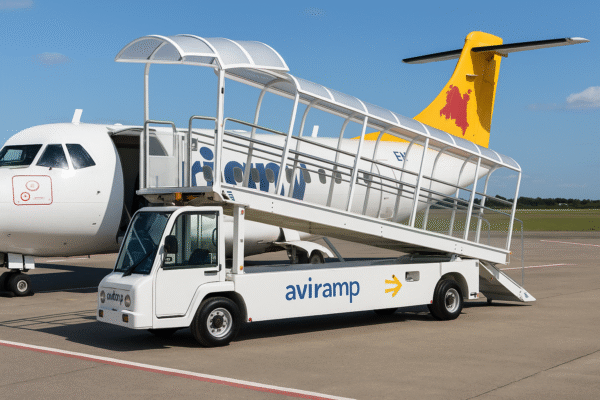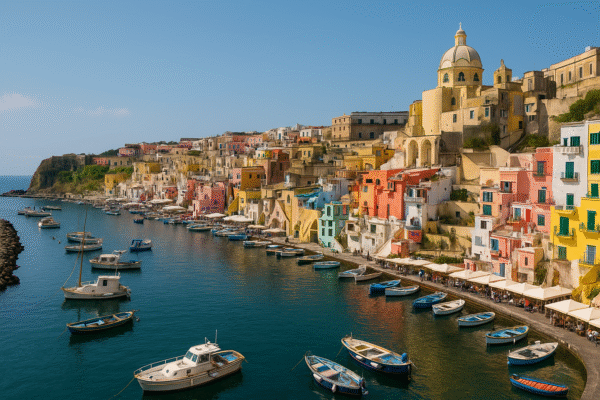Armenia’s tourism industry is preparing for a major transformation with the introduction of direct European flights from Gyumri’s Shirak International Airport. Beginning in 2026, the Armenian government will subsidize airlines that operate these new routes, reducing ticket prices and making Armenia more accessible than ever for European travelers.
This initiative reflects Armenia’s long-term vision to position itself as a top regional travel hub. While Yerevan, the capital, has traditionally been the main entry point, Gyumri’s inclusion in direct flight networks provides tourists with an alternative, less crowded, and cost-effective option. For visitors, this means greater convenience, affordability, and the chance to explore a city rich in cultural and historical significance.
Gyumri: Armenia’s Cultural Heart Ready to Welcome Tourists
Gyumri, nestled in northwestern Armenia, is a city renowned for its unique blend of history, art, and resilience. As the nation’s cultural capital, Gyumri offers visitors the charm of cobblestoned streets, 19th-century architecture, and centuries-old churches that survived devastating earthquakes yet continue to stand proudly.
Key attractions include:
- Gyumri Historical Museum – chronicling the region’s heritage.
- Vartanants Square – the heart of Gyumri with its stunning cathedrals.
- Kumayri Historic District – home to preserved black-stone houses and artisan workshops.
- Sardarapat Memorial – a national landmark honoring Armenia’s independence struggles.
Direct flights from Vienna, Berlin, Rome, and other European cities will make these treasures easier to access, turning Gyumri into a vibrant tourism hub.
Beyond Gyumri: Exploring Armenia’s Natural and Cultural Wonders
Once in Gyumri, travelers will find themselves just a short ride from Armenia’s most breathtaking destinations:
- Lake Sevan – one of the world’s largest high-altitude lakes, ideal for water sports, monasteries, and seafood.
- Dilijan National Park – often called the “Armenian Switzerland,” known for its lush forests and hiking trails.
- Garni Temple & Geghard Monastery – UNESCO heritage sites showcasing Armenia’s pagan and early Christian history.
- Debed Canyon – dotted with ancient monasteries like Haghpat and Sanahin.
- Areni Wine Village – famous for its 6,000-year-old winemaking tradition and caves.
With Gyumri’s airport soon welcoming more international travelers, these sites will be part of easily planned itineraries, allowing tourists to experience both Armenia’s history and natural beauty in one trip.
Economic Growth and Community Impact
The flight subsidy program is not just about bringing in more tourists; it’s about building stronger local communities. Increased visitor traffic will generate new jobs in hotels, restaurants, transportation, and cultural experiences. Local entrepreneurs will have more opportunities to showcase Armenian crafts, cuisine, and traditions to a global audience.
Moreover, the initiative encourages cultural exchange and strengthens Armenia’s ties with Europe. By connecting directly with European capitals, Gyumri will benefit from business travel, educational exchanges, and joint tourism projects that help the city and the wider Shirak region grow sustainably.
A Sustainable Approach to Tourism
Armenia is also taking steps to ensure that this tourism growth is environmentally responsible. Subsidies are being linked to airlines that adopt modern, fuel-efficient aircraft, reducing the carbon footprint of new routes. Promotional campaigns highlight eco-friendly travel choices, encouraging visitors to explore responsibly, respect natural reserves, and engage in community-based tourism.
Eco-tourism is already gaining traction in Armenia, with growing interest in rural homestays, hiking adventures, and heritage village tours. Gyumri’s new connectivity will only expand these opportunities.
Strengthening Armenia’s Global Tourism Strategy
European travelers have long been a major part of Armenia’s tourism market, and this initiative directly responds to their preference for convenient, direct routes. By making flights cheaper and more frequent, Armenia is opening doors for tourists who might otherwise overlook this Caucasian gem.
At the same time, the move aligns with Armenia’s broader tourism strategy, which highlights cultural heritage, culinary experiences, wellness retreats, and eco-adventures. The country aims to position itself as a safe, affordable, and unforgettable travel destination, rivaling its neighbors in the region.
Conclusion: Gyumri as Armenia’s Gateway to the World
By 2026, Gyumri is set to transform from a charming cultural city into a thriving gateway for international tourism. Subsidized flights to European capitals will not only boost the local economy but also make Armenia more visible on the global tourism map.
From Gyumri’s historic streets to Armenia’s lakes, monasteries, and wine valleys, this initiative ensures that travelers can immerse themselves in the country’s vibrant traditions and landscapes with greater ease. More than just a policy on paper, this program promises real growth, real opportunities, and a brighter future for Armenia’s tourism sector.
For more travel news like this, keep reading Global Travel Wire















